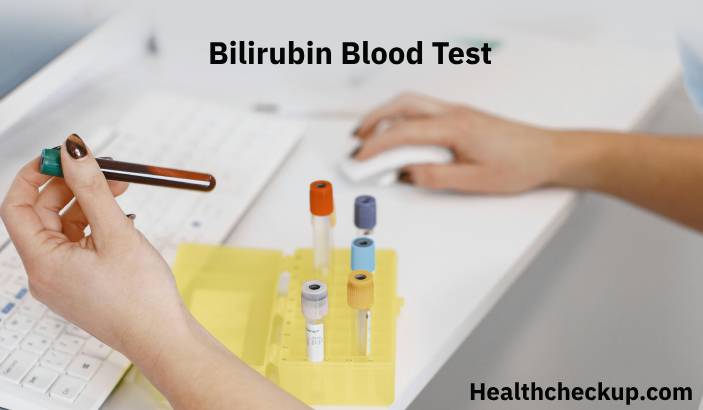The bilirubin blood test is used to measure the levels of bilirubin in the blood, a substance produced during the normal breakdown of red blood cells. This test provides essential information about liver function, bile duct health, and red blood cell integrity.
Purpose of the Bilirubin Blood Test
- Assessing Liver Function: The bilirubin test helps evaluate liver health, as elevated levels often indicate liver dysfunction or damage.
- Diagnosing Jaundice: A common use for this test is to determine the cause of jaundice, a condition characterized by yellowing of the skin and eyes.
- Monitoring Bile Duct Health: High bilirubin levels can signal blockages or other issues with the bile ducts.
- Evaluating Newborn Health: Bilirubin testing is commonly performed in newborns to detect neonatal jaundice, a frequent condition in infants.
Normal Bilirubin Levels
- Total Bilirubin: Typically ranges from 0.1 to 1.2 milligrams per deciliter (mg/dL).
- Direct (Conjugated) Bilirubin: Normal values generally fall between 0.0 to 0.3 mg/dL.
- Indirect (Unconjugated) Bilirubin: This is calculated by subtracting direct bilirubin from total bilirubin. Normal levels range from 0.2 to 0.8 mg/dL.
High Bilirubin Levels
- Liver Diseases: Elevated bilirubin can indicate liver diseases such as hepatitis, cirrhosis, or liver cancer.
- Bile Duct Blockages: High levels might suggest a blockage in the bile ducts due to gallstones, tumors, or inflammation.
- Hemolytic Conditions: Conditions causing increased red blood cell destruction, like hemolytic anemia, can lead to high bilirubin.
- Neonatal Jaundice: In newborns, high bilirubin levels can result from immature liver function or other complications.
Low Bilirubin Levels
- Not Clinically Significant: Low bilirubin levels are generally not a cause for concern and are less commonly focused on in clinical settings.
- Indicators of Good Liver Function: Lower levels suggest the liver is processing bilirubin effectively and there are no blockages in the bile ducts.
Interpreting Bilirubin Test Results
- Jaundice Diagnosis: High bilirubin levels with visible symptoms of jaundice can indicate liver or bile duct issues.
- Liver Function Assessment: Elevated bilirubin can point to liver dysfunction, necessitating further tests to determine the underlying cause.
- Comprehensive Approach: Results should be interpreted in conjunction with other liver function tests and clinical assessments to make accurate diagnoses.
Risks Associated with the Bilirubin Blood Test
- Minimal Risks: The test involves a simple blood draw, with typical risks such as minor pain, bruising, or bleeding at the site of the needle insertion.
- Infection: A slight risk of infection exists, but proper sterile techniques minimize this possibility.
- Emotional Impact: High bilirubin levels, especially in newborns, can cause concern and require careful communication with healthcare providers.
The bilirubin blood test provides significant insights into liver function, bile duct health, and red blood cell integrity. This test plays a key role in diagnosing liver diseases, identifying bile duct blockages, and assessing conditions like neonatal jaundice.
Understanding the normal range for bilirubin, along with the implications of high or low levels, can guide healthcare providers in making accurate diagnoses and treatment decisions.









